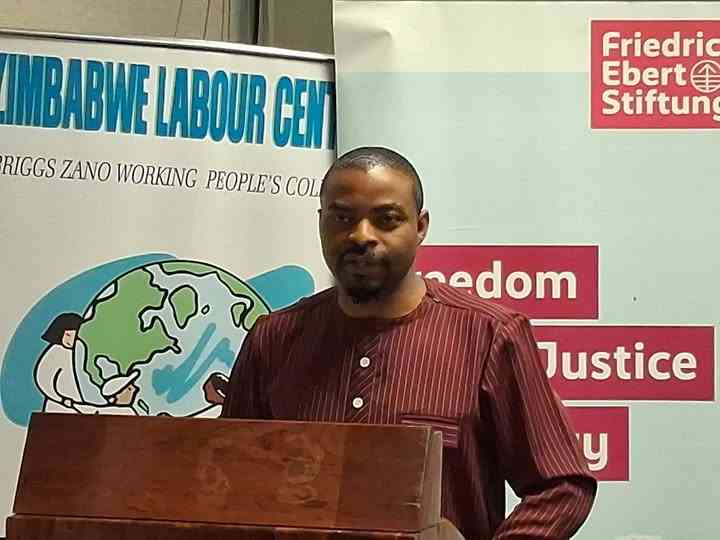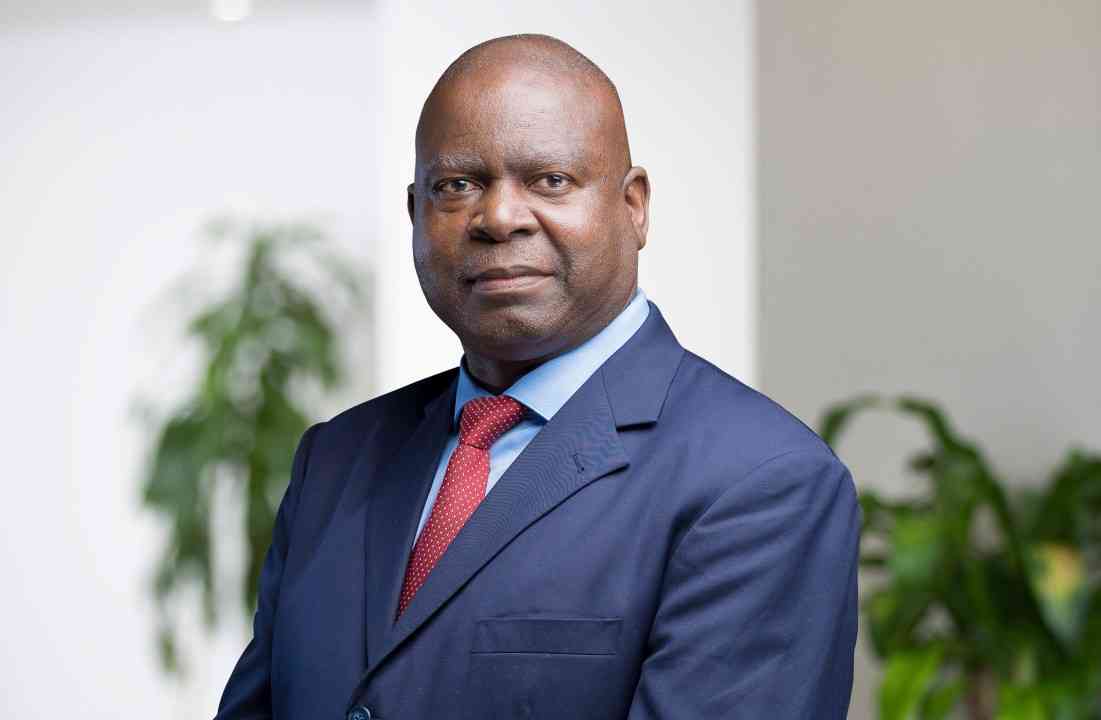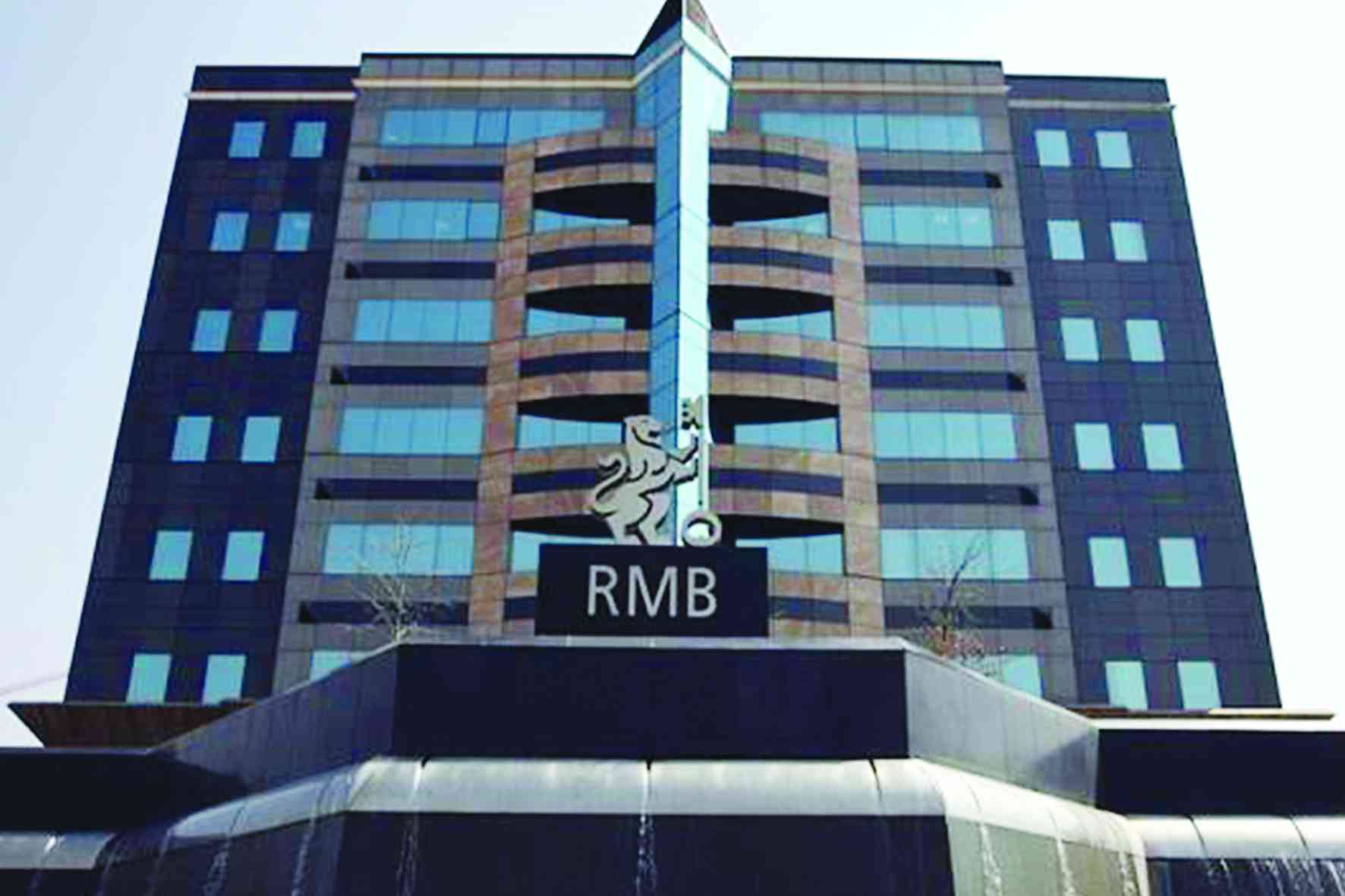
Public procurement is probably regarded as the largest marketplace on earth, covering one in every three dollars spend by governments. The whole world runs on public contracts. Public procurement projects are therefore the world’s movers and shakers.
On a global scale, agreed facts are that public procurement spend approximately USD9,5 trillion on an annual basis. However, it is often argued that the rate of return on this investment is never optimal due to increasing opaque transactions perpetrated by corrupt elements in the public sector. This sector has potentially witnessed trillions of dollars uneconomically changing hands year in year out. It is potentially a large sum of money when scaled to world expenditure volumes.
At such magnitude of spending, even the smallest improvement in procurement will inevitably result in vast gains for the taxpayer’s money. Procurement officials are expected to treat every dollar as if it’s their own. With this philosophy, even poor countries will be much less poor. Public procurement should be viewed as the bricks and mortar of public benefits where the government purse is utilized to procure essential goods and services that are meant to bring significant positive multiplier effects for the welfare of the commoner.
The public sector is seemingly experiencing a fast-growing movement towards appreciation of open contracting given the opacity and secrecy which seem to rule the roost in public procurement. At its core, open contracting is often applauded for its affirmative voluntary disclosure of information for the benefit of all interested parties in public procurement. The power and promise of open contracting as a platform for achieving fiscal and economic sustainability has often been associated with the open and honest sharing of information on the spending patterns in the public sector.
Anecdotal evidence and micro-evidence seem to suggest that the readily available information through open contracting reduces the information asymmetry between all potential suppliers and or contractors that may want to participate in public tenders.
In a world with fewer rules and principles, public procurement is generally regarded as a hotbed of unfair competition, kickbacks and overall economic inefficiency. You have heard it a million times by now and you will hear it a million times more, corruption in the public sector has thrown the world into a tailspin. The cumulative effect of corruption and shady deals can be substantial over time. And it would appear covering up of malfeasance procurement practices are seemingly becoming accepted norms.
Systemic challenges require systemic responses. Open contracting could be the systemic response to corruption in the public procurement sector. The insinuation of corruption has left lingering questions in the minds of procurement thought leaders. Such kind of corrupt practices which are entrenched in procurement systems will hang any procurement professional to dry and this statement rings doubly true as long as this trend continues.
Evidence accumulated over the years seem to suggest that opaque bidding processes shrouded in secrecy is often seen as discouraging bidders from participating in government procurement. Information relating to process flows for competitive bidding must never be shrouded in secrecy. Otherwise, many will continue to regard procurement as the black box where processes are generally regarded as hazy, promoting the destructive spread and scale of malfeasance practice in the procurement sphere.
- A dispassionate look into StanChart’s Zimbabwe exit
- Govt committed to support local manufacturing industry
- Govt committed to support local manufacturing industry
- 'Women must be accountable in business'
Keep Reading
As a result, the credibility of public procurement officials is increasingly becoming threadbare. Because of corruption, projects can predominantly suffer from cost overruns, poor workmanship, delays in completion or even non-performance to the detriment of the taxpayer who will be forced to fork more for less. This will be as a result of corrupt contract agreements with high external costs and low benefits to the public, leading to poor alignment of requirements.
Open contracting is potentially promising as a powerful remedy for corruption tendencies since it is anchored on openness, transparency and accountability thereby creating oversight mechanisms. Where citizens strongly feel that the procurement process is marred by even the slightest irregularity, they will be empowered to challenge the outcome. Open tendering will make the whole procurement process open and visible to the public, eliminating potential corrupt tendencies. This concept has largely been recognized as mutually reinforcing drivers of transparency and accountability.
Transparency procurement practices are often seen as blocking the entry points of corrupt officials in public procurement. The enablers of state capture by corrupt private individuals who are bent on promoting back-room deals and divvying up unscrupulous government contracts will be minimized. Such underhand deals are an epitome of dubious public spending which can easily lead to a long-lasting spiral of public procurement failures.
Open contracting should always ensure that there is no bidder with access to insider trading and the unrestricted flow of information must be discouraged at all costs. With open contracting, corruption tendencies are easier to spot and stop, ensuring that every stage of the public procurement process flow is open to public scrutiny.
Open contracting promotes transparency in procurement through voluntary disclosure of open data and documents about process flows for the planning, procurement and management of contracts in the public sector. Its pivotal role in fostering a conducive business environment remains undeniable. Open contracting at its best will promote procurement practices that ensures the publication of information which is easily accessible to those interested in participating in government projects. It seeks to promote mandated or non-mandated pro-active open and voluntary disclosure of procurement process flows.
The open disclosure and engagement of interested parties must be continuous throughout the procurement cycle with a view to promote public procurement decisions which are built on equal availability of information that is also readily accessible to civil society.
The public procurement process flow must ensure that when specifications are prepared, they must be neutral to accommodate all those that may be willing to participate in tenders.
Specifications are not supposed to be brand specific but must be functional based or outcome based. The open contracting procurement process will also expect public procurement officials to publicise their procurement plans for the year so that all those suppliers or contractors that may want to offer their products and services are fully aware of what the public sector intends to buy throughout the year. Suppliers and contractors will be better prepared to participate in tenders where they are fully aware when the tenders will be floated in the newspapers.
Open tendering process flows also obligates procurement entities to advertise their tenders in the public domain so that all interested bidders will be given an opportunity to respond.
To promote transparency, when bid proposals are submitted, they must also be opened in front of all participating bidders with procurement professionals calling out prices so that every participating bidder gets to know what the next competitor has quoted for.
The open contracting process flow will also obligate public procurement officials to set up tender evaluation committees to evaluate bid proposals using the evaluation criteria that was stipulated in the tender document. After conducting the tender evaluation processes, the winning bidder must be publicly announced so that losing bidders will know what the winning bidder charged for their product or service. The open tendering model will seek to promote both proactive and reactive public disclosure of timely information throughout the procurement cycle. By understanding the procurement landscape better through voluntary disclosure of pertinent information, the playing field for suppliers and contractors will remain level.
Public procurement is when the taxpayer’s money is converted into vital goods and services for use by members of the public. Where principles of open contracting are in place, the more the public can hold those involved in public procurement to account for the way they spend the public purse. The public scrutiny will enable civic society to identify the mistakes and or loopholes that cause unnecessary financial losses in procurement. It will allow taxpayers to monitor the contracting process for the maximization of resource use in a manner that promotes meaningful understanding, effective monitoring, efficient performance and accountability of procurement outcomes.
Members of the public who are directly affected by government procurement are often thought as better placed than the government to monitor the procurement processes of public officials. This will enable the taxpayer to have control over use of the public purse with the public’s interests being better served in the process. There is need to investigate tip-offs or red flags as and when such issues are raised so that procurement violations are sanctioned appropriately.
It would appear the contemporary and literate civic society is tired of having public funds used as the feeding trough for under-the-table wheeling and dealing transactions with their eyes wide open. Taxpayers are saying no to corruption. This has spurred on the average taxpayer to rise up and pay attention to how public procurement is conducted. Open contracting empowers the taxpayer to make informed decisions about pertinent issues that affect the development of their local communities. It is important to have that line of thought across the entire cycle of public procurement.
Procurement professionals must respect that taxpayers pay for government spending. It is time they knew what they are paying for, how much they are paying and to who in particular.
Open contracting practices will also serve to encourage new and upcoming business entities to participate in public procurement tenders thereby increasing supply chain sources leading to competitive prices. This has generally cultivated a more competitive mindset which ultimately improves competition and improved quality product offerings. Open contracting will eliminate the so-called insider trading while demystifying public procurement, encouraging bidders to compete on an equal footing. Even start up business enterprises will be encouraged to compete with those from the ‘big tent’ for as long as they are armed with the right information that will give them an equal opportunity to compete.
Open tender processes will therefore continue to redefine the public procurement landscape, fostering a competitive mindset which will always promote meritocracy enabling various entities, small, medium and large to compete on equal footing. Open tendering holds immense potential for local companies to expand their operations and boost their revenues. It is therefore highly respected for being an engine for economic inclusion.
- Nyika is asupply chain practitioner based in Harare. — [email protected]











